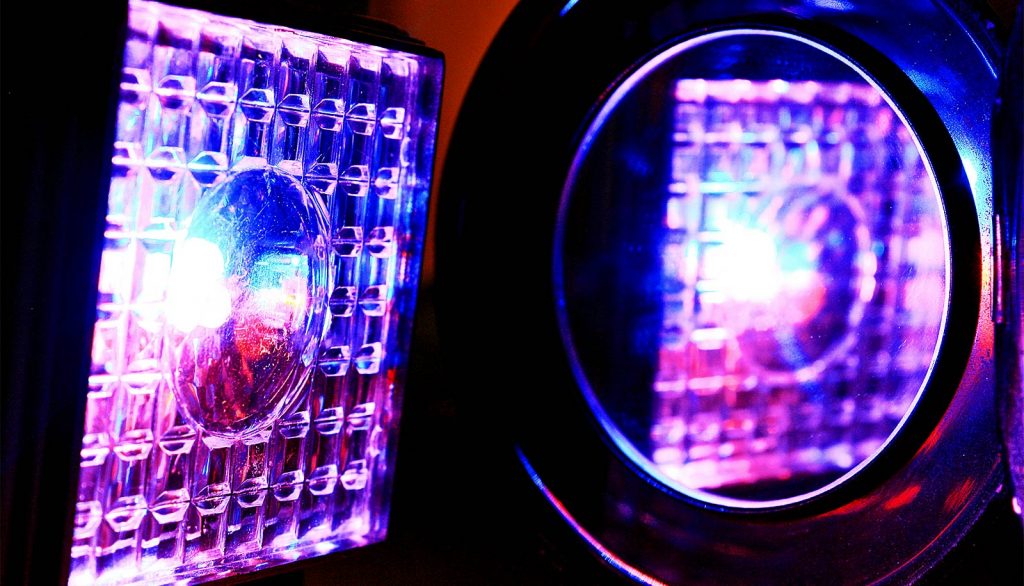Intriguing research has shown that it may be possible to speed up the process of healing the injuries and damage caused by burns with the use of a special kind of light therapy. This light is supposed to speed up the process of cell generation and cell growth, causing the wound to heal faster.
Low-level laser therapy also called photobiomodulation therapy has been used for almost 50 years. Its effectiveness and efficacy were still questioned and were under debate. Extensive research on the topic has given incongruous results. It is believed that it might have two reasons behind it.
Firstly, the rationale behind the mechanism of the therapy is still unknown. All the information is based on observation, but the explanation is still lacking. Secondly, there must be specific conditions of the light in order for it to be functional and effective. The correct wavelength, fluence, power density, pulse structure, and timing of the applied light need to be very precise in combination with one another to produce the best results.
The research is published in Scientific Reports. The main focus of the study is concentrated on the effect light therapy has on a protein called TGF?beta 1. This protein is related to cell growth alongside other important functions. Praveen Arany has concluded that TGF-beta 1 helps wounds in healing by reducing local levels of tissue inflammation.
The therapy will entail short bursts of low-level laser therapy with a frequency of 810 nanometers. The light maintains the temperature of the tissue surface below 45 degrees Celsius. It is speculated that the previous inconclusive results in the research were observed because an optimum temperature was not maintained. New techniques are now being incorporated into the therapy to produce effective results. These include surface tissue cooling, beam dose fractionation, up/down converting nanoparticles or photosensitizers, and dynamic tissue temperature monitoring. It is published in the journal Scientific Reports.

